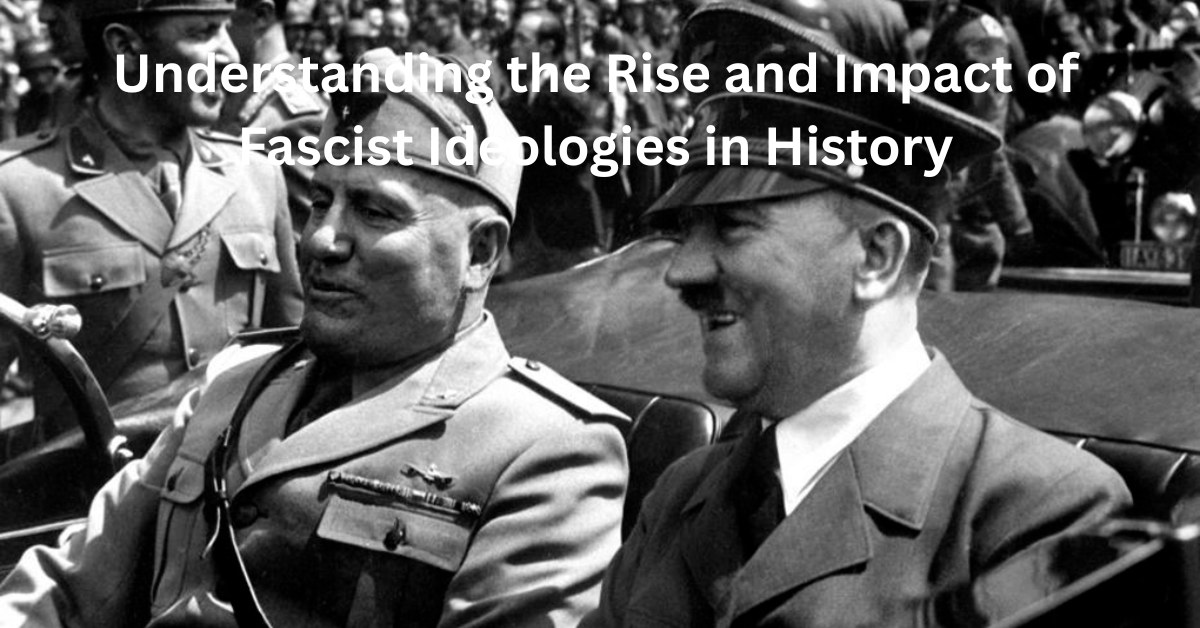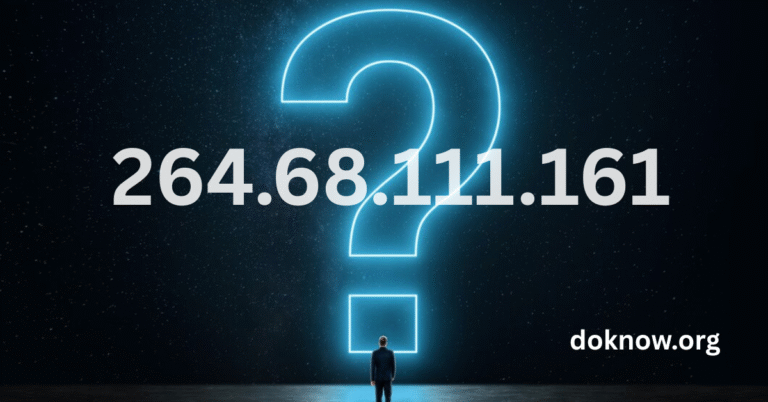Fascisterne Explained: Understanding the Rise and Impact of Fascist Ideologies in History
Introduction: What Is “Fascisterne”?
The word “Fascisterne” is derived from the Danish or Scandinavian term for “the fascists.” It refers to groups or movements that support fascism, a political ideology known for authoritarian power, extreme nationalism, and suppression of opposition.
Fascism became most notorious in the early 20th century with leaders like Benito Mussolini in Italy and Adolf Hitler in Germany. Fascisterne believed in a strong central government, often led by a dictator, and were opposed to democracy, communism, and liberal values.
In this article, we’ll break down what fascisterne means, its historical background, key characteristics, impacts on society, and why understanding it today is still important.
Table: Quick Overview of Fascisterne
| Feature | Description |
|---|---|
| Meaning | “Fascisterne” = The fascists (in Danish/Norwegian) |
| Key Ideology | Authoritarianism, extreme nationalism, anti-democracy |
| Famous Fascist Leaders | Benito Mussolini (Italy), Adolf Hitler (Germany) |
| Opposed To | Democracy, Communism, Liberalism, Free Press |
| Symbols | Fasces (Roman symbol), swastika (Nazis), black shirts |
| Peak Time Period | 1920s to 1945 |
| Modern Relevance | Rise of far-right politics and extremist nationalism in some countries |
Historical Roots of Fascisterne
The term “fascism” comes from the Latin word “fasces”, a bundle of rods that represented power and unity in ancient Rome. After World War I, many people in Europe were angry, poor, and looking for strong leadership. That’s when fascist leaders like Mussolini and Hitler rose to power, promising to rebuild their countries.
Fascisterne were seen as “saviors” by some, but they led to oppressive regimes, censorship, war, and genocide. Their rule caused World War II, the deadliest conflict in history.
Characteristics of Fascisterne
Here are the key traits that define fascisterne:
1. Extreme Nationalism
They believed their nation was better than all others. They often blamed outsiders (like immigrants or minorities) for national problems.
2. Strong Central Leader
Fascists supported having one powerful leader who made all decisions — usually without elections or public input.
3. Control Over Media and Speech
Fascisterne controlled newspapers, radio, and books. They banned free speech and punished critics.
4. Use of Violence
Fascists used violence, threats, and fear to gain control and silence others.
5. Militarism
They admired the military and often used war or force to expand their influence.
Fascisterne in Different Countries
🇮🇹 Italy – Benito Mussolini
Mussolini formed the first fascist government in 1922. He promised to rebuild Italy but became a dictator, banned opposition, and led Italy into war.
🇩🇪 Germany – Adolf Hitler
Hitler and his Nazi Party followed fascist ideas with added racism and anti-Semitism. Under Hitler, Germany invaded many countries and caused the Holocaust.
🇪🇸 Spain – Francisco Franco
In Spain, Franco led a fascist military uprising and ruled as a dictator for nearly 40 years.
Why Did People Support Fascisterne?
- Economic Problems: People were poor and unemployed after World War I.
- Fear of Communism: Some were scared of the spread of communism.
- Desire for Order: Many wanted strong leadership during chaotic times.
- Propaganda: Fascist leaders used powerful speeches, media, and slogans to gain followers.
What Happened to Fascisterne?
After World War II, fascist governments in Germany and Italy were defeated. Their leaders were either killed or imprisoned, and the world saw the horrible effects of fascist rule.
However, some fascist ideas still exist today. In many countries, extreme right-wing groups follow similar ideologies, though they often try to hide their true intentions.
Lessons from Fascisterne Today
Understanding helps us recognize:
- The danger of giving too much power to one leader.
- The importance of free speech and democracy.
- How extreme nationalism can lead to violence and war.
We must learn from history to protect freedom and human rights for future generations.
Frequently Asked Questions (FAQs)
What does “fascisterne” mean in English?
It means “the fascists” — referring to followers of fascism.
Who were the main fascist leaders in history?
Benito Mussolini (Italy), Adolf Hitler (Germany), and Francisco Franco (Spain).
Are there fascists in the world today?
While not openly calling themselves fascists, some groups follow similar ideologies, like authoritarianism and ultra-nationalism.
What is the main goal of fascism?
To create a strong, unified nation under one powerful leader by suppressing opposition and promoting nationalism.
Why is it important to study fascisterne?
To prevent similar authoritarian movements from rising again and to promote peace, democracy, and human rights.
Conclusion: Never Forget the Lessons
The story of Fascisterne is not just a lesson from the past—it is a warning for the future. These movements grew in times of fear, confusion, and change. While they offered hope and pride to some, they ended in destruction, war, and suffering for millions.
Understanding the rise and fall of fascisterne helps us build a world that values freedom, justice, and peace. By remembering history, we protect our future.







